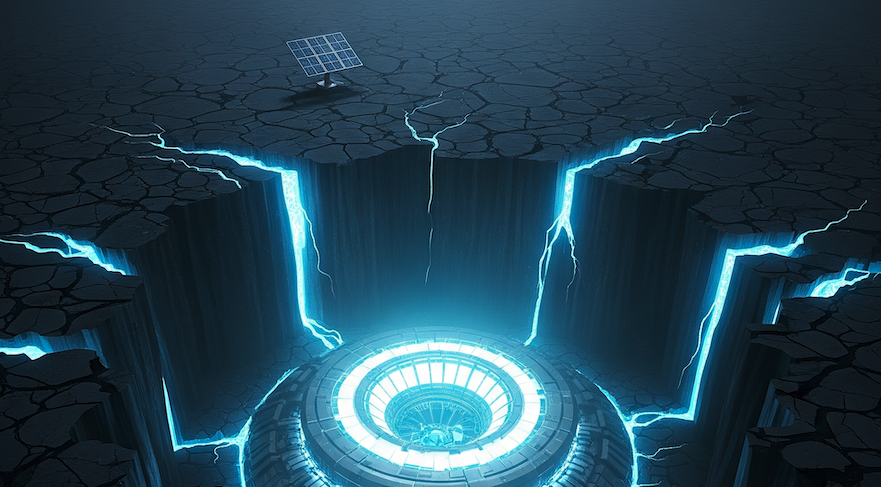Mars loses its atmosphere to space at a rate of approximately 1-2 kg/s, primarily due to scavenging by the solar wind, as it lacks a global magnetic field. Your task is to design a system, from first principles, to solve this problem and enable the long-term terraforming goal of creating a denser, breathable atmosphere.
Constraints & Specifications:
- Mechanism: You must design an artificial magnetosphere for Mars. The system cannot be a single, massive ground-based dipole. It must be a distributed or orbital system.
- Power: The entire system must be self-sufficiently powered using only resources available on Mars or in situ (e.g., solar, geothermal, limited fission from mined uranium). You must calculate the total power budget required to generate a magnetic field strong enough to deflect the majority of high-energy solar wind particles before they reach the upper atmosphere (ionosphere).
- Deployment & Maintenance: Your design must include a plausible, multi-stage strategy for deployment using vehicles like SpaceX’s Starship. Critically, it must be designed for near-zero human maintenance, relying on robotic servicing and having a designed operational lifespan of at least 500 years.
- Physics: From first principles, calculate the required magnetic moment (M) for your system to create a magnetopause standoff distance of at least two Mars radii (RM) from the planet’s center. The formula for the magnetopause standoff distance (Rmp) is approximately Rmp=(8π2ρV2μ0M2)1/6, where μ0 is the permeability of free space, ρ is the solar wind density, and V is the solar wind velocity at Mars’ orbit.
- Systemic Risk: Analyze the second and third-order failure modes. What happens if a critical node in your distributed system fails? How do you prevent catastrophic, cascading failure? What are the potential negative impacts of your artificial magnetosphere on future communication systems or human biology on the surface?
Your final proposal should not be a vague concept but a detailed engineering and physics plan, including material selection, orbital mechanics for deployment, power generation architecture, and a risk mitigation strategy.

